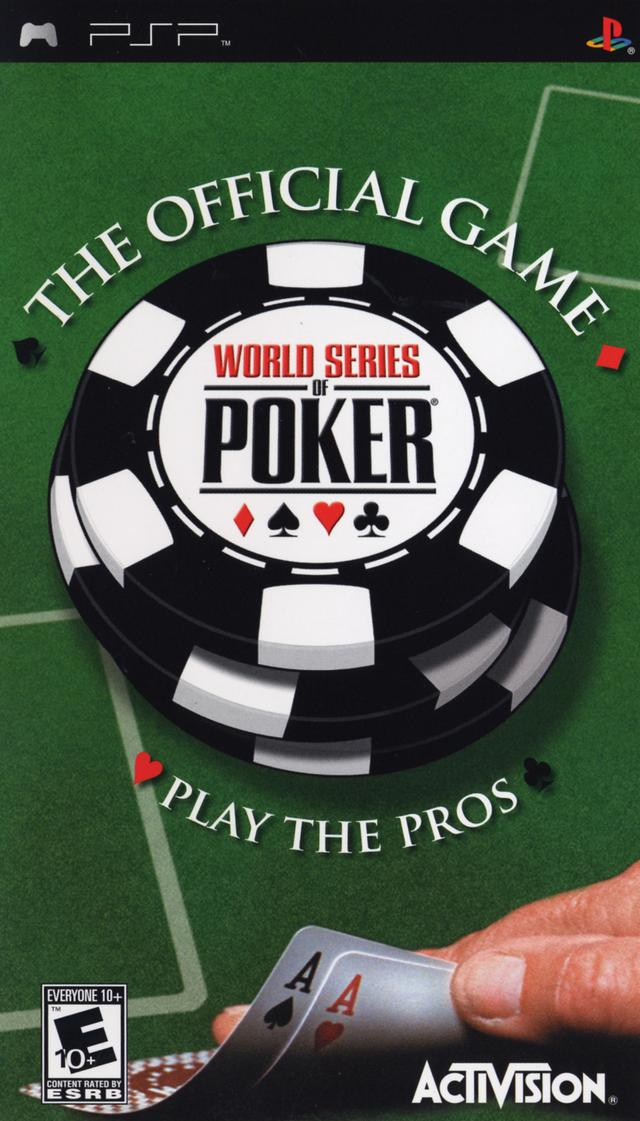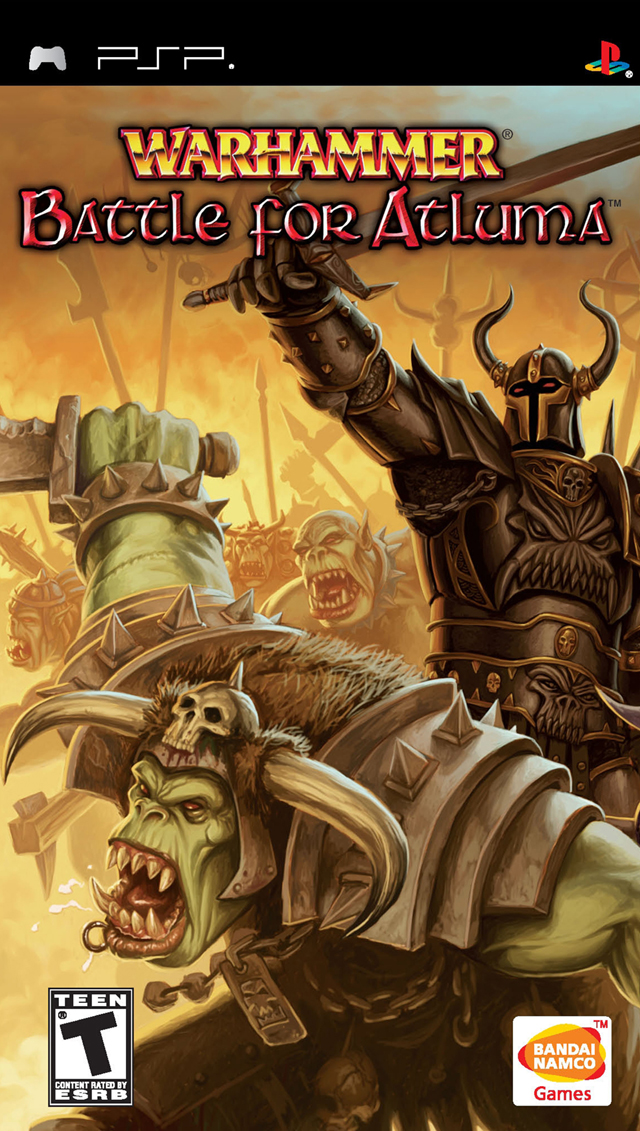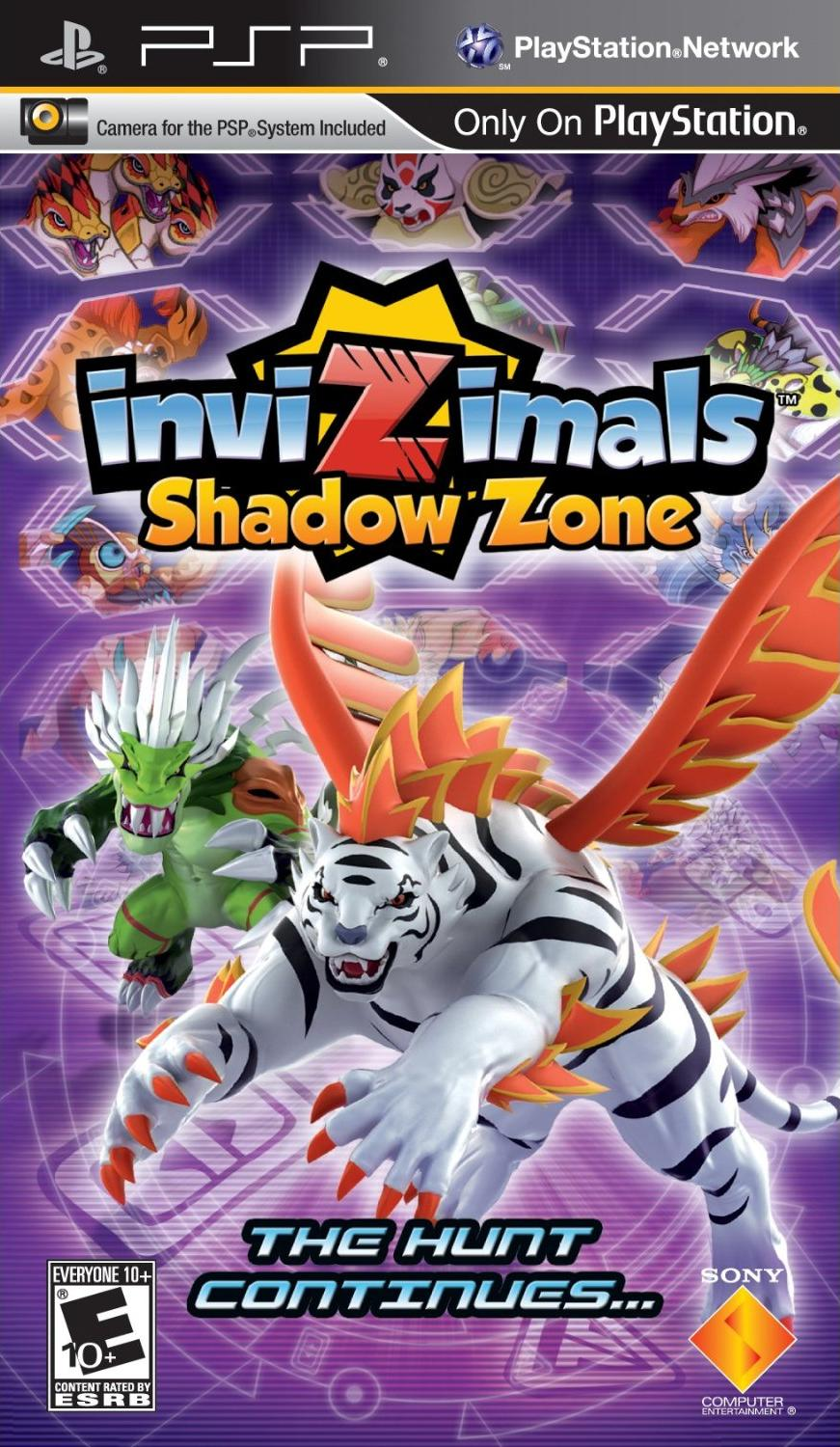Card games, in particular, found a home on this PlayStation Portable (PSP), offering hours of strategic entertainment for players on the go. The PSP featured an impressive catalog of card-based challenges no matter the nature. Here are seven of the best card games on the beloved handheld.
Best psp card games
7. World Series of Poker

This poker game pleasantly is not a basic 5-card draw experience. What sets the World Series of Poker apart from a good number of card games on the PSP is the variety it offers, allowing players to engage in different poker modes, including Texas Hold’em, Omaha, and seven-card stud. Even more intriguing is the capacity to create custom tournaments.
The game excels in offering an overarching goal ala career mode, where players aspire to accumulate wealth and become poker champions. The narrative structure spans a decade and involves collecting chips by defeating real-life poker champions.
Gameplay caters to poker aficionados in every possible flavor. The production may be basic. Yet, the core gameplay is more than enough to provide what could be an endless
6. Best of Solitaire

Best of Solitaire is an extensive solitaire game available through the Minis program, offering an impressive collection of 101 solitaire variants. It distinguishes itself from other solitaire games by providing a multitude of options and a user-friendly menu interface for easy navigation. Players can choose from a vast array of solitaire games, categorize them by family, and sort them based on preferences such as alphabetical order, popularity, and frequency of play. The game also includes customization options during gameplay, allowing players to fine-tune various aspects of each solitaire variant to match their preferences.
The game’s menu features three sets of browsing options, making it easy to find and select solitaire variants. Players can choose to browse a direct list of all the solitaire games or categorize them by family. Additionally, sorting options are available, such as alphabetical, popularity, and frequency of play. Players can also view statistics for each variant, including play count and whether the game relies more on luck.
What sets Best of Solitaire apart is the flexibility it offers during gameplay. Players can customize various aspects of each solitaire variant, such as the number of cards dealt, the allowance for redeals, and the specific cards permitted in empty tableau spaces. These options allow players to tailor the game to their preferences, significantly increasing the variety of solitaire experiences.
5. Warhammer: Battle of Atluma

At first glance, many might mistake this game for a direct adaptation of the classic Warhammer tabletop game, but it’s actually a conversion of the popular Sabertooth Collectible Card Game (CCG) based on the tabletop version. It’s a card game adaptation of a tabletop game, which might sound confusing, but stay there for further discussion.
The gameplay closely mirrors the Sabertooth CCG it’s based on. Players construct two decks: one for Army Cards and another for action cards. The game begins with a muster phase, where you start with a set amount of gold coins to purchase your army. From your Army deck, you draw cards to acquire units, attachments, and characters, all of which play a role in enhancing your troops. Once both players have mustered their armies and spent their gold coins, the main game commences.
Players send units into combat against their opponents, and if the opponent has faster units available, they can block the attack. The combat resolves through a system where Flyers are faster than Cavalry, which is faster than infantry. During combat, you can play ability cards to improve your chances of victory. The game continues until all units have acted, at which point the player with the most points is declared the winner.
Winning matches grants gold coins that you can use to purchase additional cards from the shopkeeper, who sells booster packs and individual cards. Collecting cards and experimenting with different decks. The game’s graphics are well done, accurately reproducing the card art from the Sabertooth game. While the text can sometimes be hard to read, you can view larger card images at any time. The backgrounds are also well-crafted.
4. Invizimals: Shadow Zone

Invizimals brings a unique blend of augmented reality and creature-capturing adventure to the PSP. The game kicks off with an intriguing twist as the protagonist wakes up in a hotel room with partial amnesia, greeted by a mysterious woman who insists that the protagonist previously battled the malevolent villain. Hence the new role in capturing these hidden Invizimals using a small white card and the PSP camera, which reveals these fantastical creatures that are otherwise invisible to normal people. This is a very exotic game that might be not for everyone due to the use of peripherals.
The gameplay involves capturing Invizimals through a series of mini-games, adding an interactive and engaging element to the experience. The camera scans the environment for hidden creatures, and you must employ various tactics to defeat them.
Battles with the captured Invizimals are a core component of the game, featuring simple controls that may be more appealing to a younger or less experienced gaming audience. Battles focus on timing and strategy, with the ability to level up your creatures and select which stats to enhance.
3. Creature Defense

Creature Defense takes the tower defense genre and infuses it with card-based strategy elements, creating a surprisingly addictive and compelling gameplay experience. The game offers players the opportunity to construct decks of up to five cards chosen from a collection of 50, each characterized by its unique elemental affinity. This card system brings a new layer of strategy to the standard tower defense formula.
With the elemental affinities in play, players must carefully select cards that complement each other and use their special abilities and attributes effectively to fend off waves of enemies along a winding path. This card-based approach encourages adaptability and creative thinking, as players need to tailor their strategies to the ever-evolving challenges presented in the game.
Creature Defense excels in its innovative blend of tower defense and card strategy. Creature Defense is an enjoyable and highly addictive gaming experience, offering a fresh take on tower defense games that make it a worthy addition to any gamer’s library, particularly for fans of the genre and card strategy enthusiasts.
2. Yu-Gi-Oh! 5D’s Tag Force 5

Yu-Gi-Oh! fans have witnessed the evolution of the Tag Force series across its previous installments of four titles, and the fifth iteration marks a significant step forward in delivering an enhanced dueling experience. While earlier entries suffered from lag and loading issues, Konami has improved this aspect through the introduction of install data.
The game’s expansive card pool, featuring over 4700 cards, ensures a plethora of strategic possibilities, even if it doesn’t include the Polar Gods or Legendary Six Samurai. The story mode continues to offer an engaging narrative, set between previous arcs, and introduces intriguing character developments. With new features like a tracking device for easy partnering and a more reliable discount trophy system, Yu-Gi-Oh! Tag Force 5 represents a substantial improvement and is a must-play for any Yu-Gi-Oh! enthusiast. The 6th title is the final game that goes in line with the anime, but it is Japan-only.
1. Metal Gear Acid 2

The original Metal Gear Acid was a game-changer in more ways than one. It taught gamers that the stealth action genre could successfully transition into a card-based strategy format, and it also revealed the challenges developers face when introducing new gameplay concepts to a fanbase with well-established expectations. Despite initial skepticism from fans who craved animated cutscenes and voice acting, the debut of this stealth adventure on the PSP proved highly successful, allowing Konami to greenlight a sequel.
Metal Gear Acid 2 built upon its predecessor’s foundation by evolving tactical espionage in three core ways: Depth, Rebirth, and Solidity. Depth aimed to increase the game’s intellectual stimulation, making it more appealing to a wider audience. This involved allowing players to move Snake in real-time, climbing ladders, crawling through vents, and using a context-sensitive interface to see available actions. Depth also expanded the card selection, with around 500 cards from various Metal Gear games and new card types like Linkage and Trap cards. The upgrade system empowered players to enhance their cards.
Rebirth gave Metal Gear Acid 2 a distinctive comic book-style look, enhancing the visuals. The cel-shaded graphics lent the game a more vibrant, colorful appearance and made the action feel less serious and more like a thrilling comic book. This visual style contributed to the game’s appeal, distancing it from the main Metal Gear Solid franchise.
Metal Gear Acid 2 successfully evolved and improved upon the original, offering depth, a vibrant visual style, and 3D gimmicks. It provided a complete gaming experience for fans of the series and was as good as any mainline Metal Gear game, offering surprises and a very unique take on the franchise.
